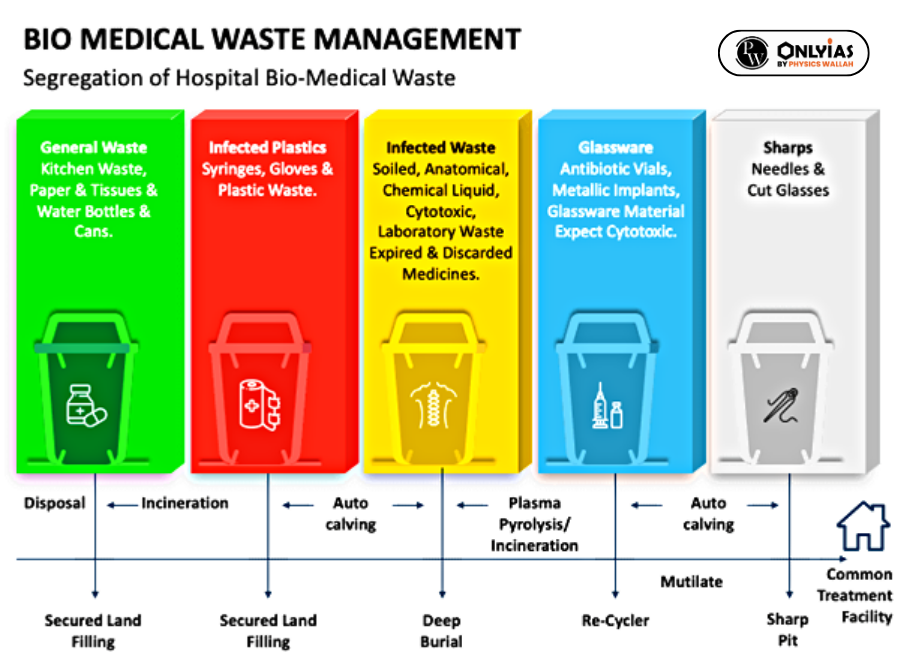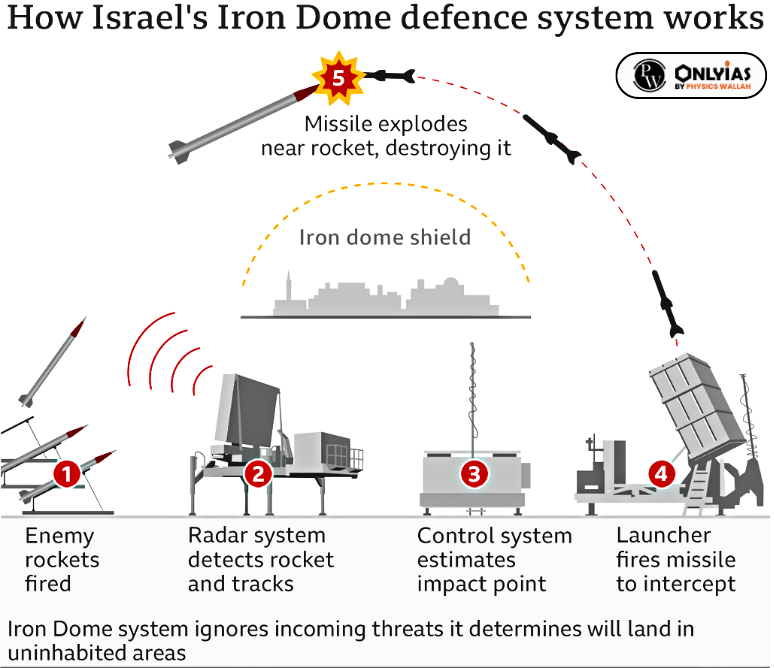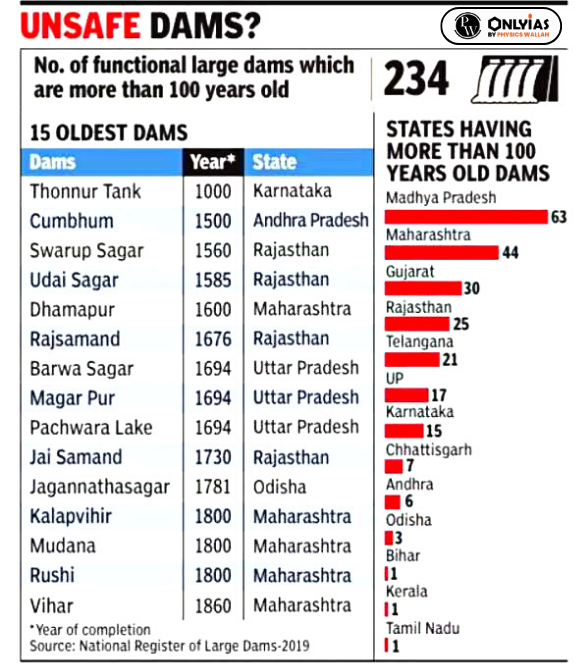Asiatic Wild Dog or Dhole (Cuon alpinus)
|
|---|
News Source: The Hindu
News Source: The Indian Express
Hydrocarbon Exploration and Licensing Policy (HELP)
|
|---|
News Source: Business Standard

Bio-Medical Waste Management Rules 2016
|
|---|
| Relevancy for Prelims: Isreal Palestine War, Israel-Hamas Conflict, Iron Dome, Oslo Accord, Intifada, UN Partition Plan (1947), First Arab-Israeli War (1948), and Six day war.
Relevancy for Mains: Isreal Palestine War, Reasons of instability in Middle East and impact on India, reason of attack by Hamas into Israel and its possible consequences. |
|---|

Oslo Accord
|
|---|
Who is Hamas?
Hezbollah
|
|---|
Also read: India-Israel Bilateral Relations
Places linked to Dispute
|
Also read: India-Middle East-Europe Economic Corridor (IMEC) Project
The ongoing Israel Palestine conflict has escalated geopolitical tensions. Achieving a peaceful resolution in the Israel Palestine issue requires collective efforts from the international community. The current reluctance of the Israeli government and other stakeholders exacerbates the problem. A balanced approach is crucial, not only for fostering favorable relations with Arab countries but also for maintaining a constructive engagement with Israel.
| Attempt the PY Prelims Question
The area known as ‘Golan Heights’ sometimes appears in the news in the context of the events related to:
Ans: B |
|---|
| Attempt the Mains Question: “India’s relations with Israel have, of late, acquired a depth and diversity, which cannot be rolled back.” Discuss. (GS Paper 2; UPSC Mains 2018) |
|---|
| Relevancy for Prelims: Dam Safety Act, 2021, ICDS, Water resources in India, and Central Water Commission(CWC).
Relevancy for Mains: Rajasthan International Centre (RIC), India’s Constitutional arrangements and dam safety, Issues associated with dams, and Water Resources Information System (WRIS). |
|---|
India’s Constitutional arrangements and dam safety
Development of water resources and dams in India
|
|---|
Also read: List Of Major Dams In India Type, Roles And State Wise


Central Water Commission(CWC)
|
|---|
Also read: India’s First National Waterbody Census
How can India benefit from studying the practices of China’s Dam Safety Management Centre?
|
|---|
Ensuring the safety of dams is crucial for protecting lives, the environment, and the economy. India needs robust legislation, standardized analyses, and transparent reporting mechanisms to address dam safety challenges and prevent potential disasters.
| Attempt the PY Prelims Question
On which one of the following rivers is the Tehri Hydropower Complex located?
Ans: B |
|---|
Union Cabinet Approves National Sports Policy 2025...
What are Altermagnets? A Breakthrough in Magnetism...
India’s 7-Point Strategy for Sustainable Gro...
Cabinet Approves Employment Linked Incentive Schem...
INS Udaygiri Delivered Under Project 17A to Indian...
SC Issues Implemented Reservation Roster for SC/ST...
<div class="new-fform">
</div>